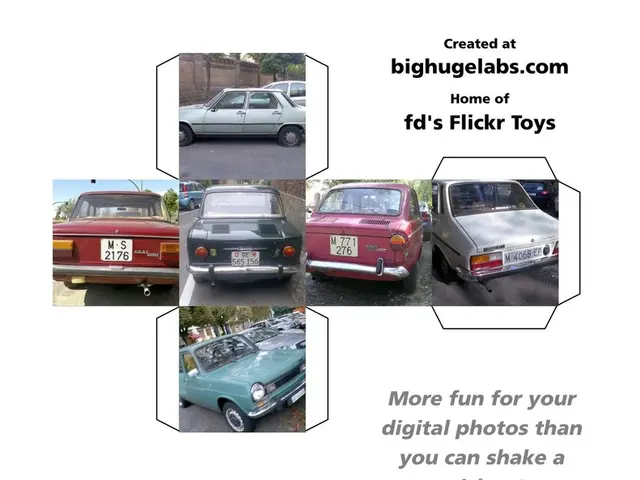Expansion of Public Electric Vehicle Charging Stations Across Europe Before 2030 Goals
European Union Makes Progress Towards Green Transportation Goals
A new report from Transport & Environment has highlighted the progress made by the European Union in developing electric vehicle (EV) charging infrastructure. The report, however, does not provide new information about the number of charging points or fast charging facilities in the EU or any individual countries.
The report underscores the importance of comprehensive network coverage to prevent future grid challenges. To achieve this, the Alternative Fuel Infrastructure Regulation (AFIR) mandates the installation of fast-charging stations every 60 kilometers on major roads by 2030. AFIR also sets a fleet-based target correlating the number of chargers to registered EVs.
The number of fast charging facilities in the EU has grown fourfold, now exceeding 80,000. Germany boasts the largest fast-charging network in Europe, with France hosting nearly 120,000 charging points, the most among the EU's largest economies.
The report reveals that 12 EU member states might already meet their 2025 targets based on current infrastructure. All EU member states have met or exceeded their 2025 targets for electric vehicle charging infrastructure, with many having more than doubled the required number of charging points by 2025. Germany, in particular, has made significant progress with around 184,000 public charging points by mid-2025 and continues expanding, although it still trails behind countries like the Netherlands in charger-to-vehicle ratios.
The European Commission's Green Deal initiative sets a milestone of 1 million chargers by 2025 and a target of 3 million by 2030. Simplifying permitting processes is recommended to address market failures and accelerate charger installation. The report also advises smartly directing public funds to aid in the installation of charging infrastructure.
Some nations like Malta, Cyprus, and Ireland lag behind in EV charging infrastructure development. Countries like Bulgaria have already nearly met their 2030 targets due to slower EV uptake. The report emphasizes the need for nuanced implementation of the AFIR to avoid potential bottlenecks.
The report recommends that member states adopt forward-looking strategies that account for both light and heavy-duty EV demands. It also suggests ensuring that all new chargers meet high standards of reliability and interoperability. The coherent rollout of charging infrastructure remains crucial for enhancing EV uptake and establishing a model for global environmental leadership in sustainable transportation.
In addition, the number of slow charging points in the EU has more than tripled since late 2020, surpassing half a million. The report advises smartly directing public funds to aid in the installation of charging infrastructure.
The report does not mention any specific country lagging behind in EV charging infrastructure development that was not previously mentioned. The strategies include decentralizing the charging network to align with regional EV densities, ensuring a balanced distribution of charging points across the EU.
In conclusion, the report demonstrates that the EU is making significant strides towards its green transportation goals. However, there is still room for improvement, particularly in nations like Malta, Cyprus, and Ireland, and in ensuring the smart and efficient deployment of charging infrastructure.
Read also:
- Strategic approach to eco-friendly nickel production for electric vehicles in Europe
- Solar energy company, Imperium, alongside QORAY Mobility & Energies Solar Business, bolsters Nigeria's environmental future by producing superior solar panels domestically and offering flexible payment options.
- AI Inspection Company, Zeitview, Secures $60 Million Funding for Expansion
- Importance of Battery Management Systems: Overseeing and Optimizing Energy Storage Functionality








